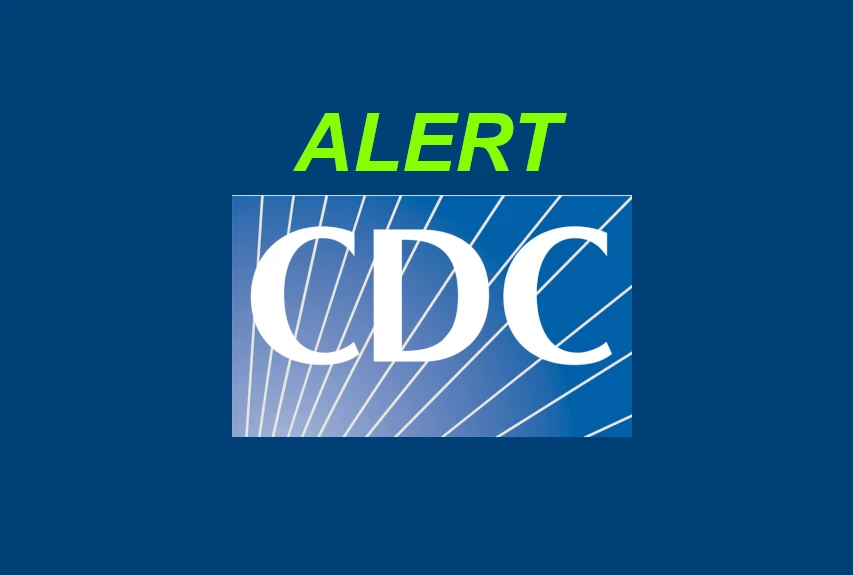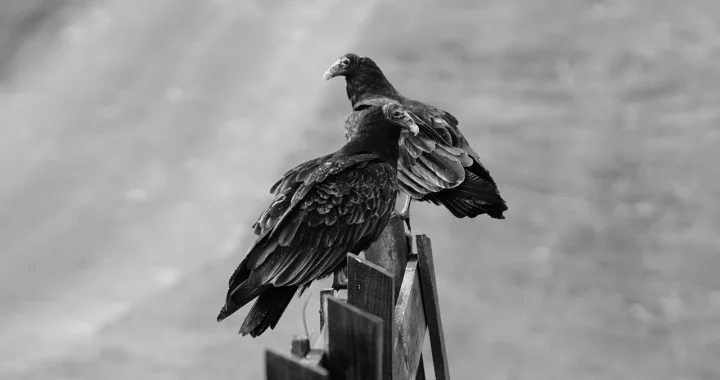Second human infection of H5N1 virus confirmed in Texas by CDC.

April 1, 2024—In a recent development, a person in the United States has tested positive for highly pathogenic avian influenza (HPAI) A(H5N1) virus, commonly known as “H5N1 bird flu.” The case, originating in Texas, has been confirmed by the Centers for Disease Control and Prevention (CDC). The individual had been exposed to dairy cattle presumed to be infected with HPAI A(H5N1) viruses.
Presenting with eye redness, which is consistent with conjunctivitis, the patient is currently recuperating. They have been advised to isolate and are undergoing treatment with antiviral medication for flu. It’s important to note that this infection does not significantly alter the H5N1 bird flu’s human health risk assessment for the general public in the United States, which the CDC deems to be low. However, individuals with close or prolonged, unprotected exposure to infected birds or other animals, including livestock, are at a heightened risk of infection.

Collaborating closely with state health departments, the CDC is actively monitoring individuals who may have had contact with infected or potentially infected birds or animals, administering tests to those exhibiting symptoms. Additionally, the CDC has issued recommendations for healthcare providers regarding the monitoring, testing, and treatment of patients suspected or confirmed to have avian influenza A virus infections.
This marks the second reported case of an individual testing positive for influenza A(H5N1) viruses in the United States. A prior human case was documented in Colorado in 2022. While human infections with avian influenza A viruses, including A(H5N1) viruses, are infrequent, sporadic occurrences have been reported globally. Since the detection of outbreaks in U.S. wild birds and poultry in late 2021, the CDC has been vigilantly monitoring individuals exposed to H5 virus-infected birds for signs of illness. Symptoms of H5N1 bird flu in humans can range from mild, such as eye infections and upper respiratory symptoms, to severe, including pneumonia, and in some cases, fatalities have occurred in other countries.
The prevalence of H5 bird flu is widespread among wild birds in the U.S. and worldwide. These viruses have also caused outbreaks in both commercial and backyard poultry flocks, with sporadic infections documented in mammals. The U.S. Department of Agriculture (USDA) initially reported HPAI in dairy cows in Texas and Kansas on March 25, 2024. Subsequent confirmations by the USDA’s National Veterinary Services Laboratories (NVSL) identified HPAI in a Michigan dairy herd that had recently received cows from Texas. The USDA’s Animal and Plant Health Inspection Service (APHIS) is regularly updating the public on detections in dairy herds, along with epidemiological findings and biosecurity guidance for farmers and veterinarians. Preliminary analysis indicates that currently FDA-approved flu antiviral medications remain effective against these viruses, and candidate vaccine viruses (CVVs) are available for vaccine manufacturing if required.
In collaboration with state and federal agencies, including the USDA, the Food and Drug Administration (FDA), and local health authorities, the CDC is actively investigating and monitoring the situation. As a preventive measure, the CDC has issued interim recommendations, advising people to avoid unprotected contact with sick or dead animals, including wild birds, poultry, and other domesticated animals, as well as their carcasses or contaminated materials. Moreover, the consumption of raw milk or related products from animals with confirmed or suspected HPAI A(H5N1)-virus infection is discouraged. The CDC continues to emphasize the importance of pasteurization in ensuring the safety of the commercial milk supply, as it effectively deactivates harmful microorganisms, including influenza viruses.
As the situation evolves, the CDC says it remains committed to working alongside its partners to monitor individuals exposed to animals infected with HPAI A(H5N1) viruses. Given the dynamic nature of influenza viruses, ongoing surveillance and preparedness efforts are paramount.
Read the official CDC press release here: https://www.cdc.gov/media/releases/2024/p0401-avian-flu.html
H5N1 Preparedness
Preppers with back-yard chickens should take precautions. Migratory birds are the primary cause for the spread of the Avian Flu. States that have large commercial poultry operations are especially susceptible to H5N1 and similar strands of the Avian flu due to poor bio-security.

I talked to a Virginia Dept Health health official who said for the first time, wild turkey vultures are dying from Avian flu, which is rare due to the iron clad digestive system of the vultures. Vultures are nature’s clean up crew and by creation have been immune to such disease in the past.
Wild geese and bad bio-security practices on large commercial poultry farms are the primary cause of rapid spread of H5N1 and other similar Avian flu strands.
The Dept Health also said that back-yard chickens do not pose a threat, but people who raise chickens at home for meat and eggs should be extra diligent in keeping wild geese and turkeys away from their back-yard flocks.







